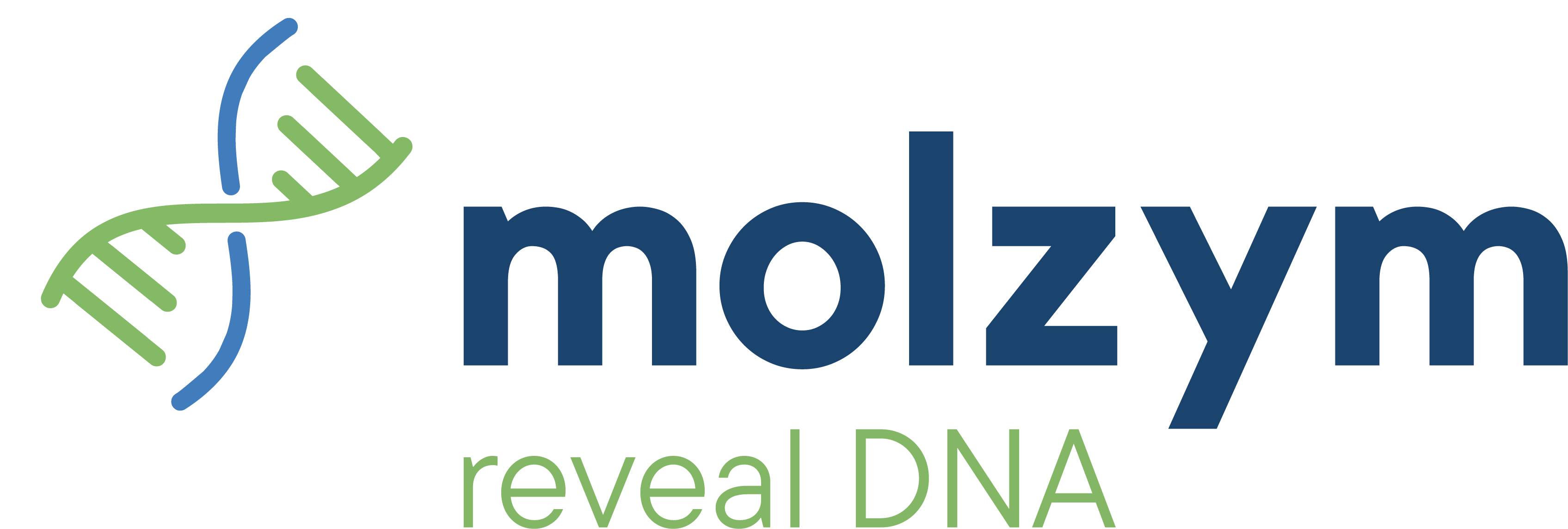Report on the 2nd Conference on Clinical Metagenomics |
| 13 August 2018 |
|
Host DNA is in vast excess to target microbial DNA and generates most reads in metagenomic analysis. Therefore, the removal of host DNA is a critical aspect to increase the number of reads from microorganisms. Patel reported that the MolYsis™ Basic kit (Molzym, Germany) led to better results in human DNA removal than the NEBNext® Microbiome Enrichment kit (New England Biolabs, USA) [2]. More details on the results are provided in another blog post. In addition to the overload of host DNA, another problem is the risk of DNA contamination. Bacteria and fungi are omnipresent and the risk to introduce contaminations in the process of sample treatment is high. Patel showed the risk of introducing contaminations through the use of whole genome amplification (WGA) kits [3]. In their study, the microbial composition displayed was shown not to be that of the samples but rather of the contaminations of WGA kits [3]. An important message was that the benefits of pathogen detection and identification by metagenomic sequencing need to be validated in clinical trials. Patel reported about a study including 408 joint fluid samples from bone and joint infections [4]. The results from Ruppé et al. indicated that bacteria identified by metagenomic sequencing were missed by conventional culturing [4]. In another study, Gyarmati et al. found a higher positivity rate with PCR and subsequent metagenomic shotgun sequencing analysis of blood from neutropenic patients than with blood culture [5]. They could even identify a much broader diversity of bacteria, in samples from neutropenic patients, than previously known [5]. The topics above address only parts of the report, but the cited literature indicates the widespread applications, achieved results and apparent benefits of Molzym’s products. All in all, Ruppé et al. [1] give a broad overview of the status of metagenomics in clinical applications, the already accomplished improvements and remaining pitfalls in October 2017. |
| References |
| [1] Ruppé E, Schrenzel J (2018) Messages from the second International Conference on Clinical Metagenomics (ICCMg2). Microbes and Infections. (link) |
| [2] Thoendel M, Jeraldo P, Greenwood-Quaintance KE, Yao J, Chis N, Hanssen AD, Abdel MP, Patel R (2016) Comparison of microbial DNA enrichment tools for metagenomic whole genome sequencing. J Microbiol Methods; 127:141-5. (link) |
| [3] Thoendel M, Jeraldo P, Greenwood-Quaintance KE, Yao J, Chis N, Hanssen AD, Abdel MP, Patel R (2017) Impact of contaminating DNA in whole-genome amplification kits used for metagenomic shotgun sequencing for infection diagnosis. J Clin Microbiol; 55:1789-801. (link) |
| [4] Ruppé E, Lazarevic V, Girard M, Mouton W, Ferry T, Laurent F, et al. (2017) Clinical metagenomics of bone and joint infections: a proof of concept study. Sci Rep; 7:7718. (link) |
| [5] Gyarmati P, Kjellander C, Aust C, Kalin M, Öhrmalm L, Giske CG (2015) Bacterial Landscape of Bloodstream Infections in Neutropenic Patients via High Throughput Sequencing. PLoS ONE 10(8):e0135756. (link) |

 On 19th and 20th October 2017, the 2nd International Conference on Clinical Metagenomics took place in Geneva, Switzerland. In their report, Ruppé and Schrenzel [1] update recent developments of next-generation sequencing methods, study results and implications of clinical metagenomics, experiences and thoughts about the validation of NGS-based tests as routine diagnostic tests and qualities of databases.
On 19th and 20th October 2017, the 2nd International Conference on Clinical Metagenomics took place in Geneva, Switzerland. In their report, Ruppé and Schrenzel [1] update recent developments of next-generation sequencing methods, study results and implications of clinical metagenomics, experiences and thoughts about the validation of NGS-based tests as routine diagnostic tests and qualities of databases.